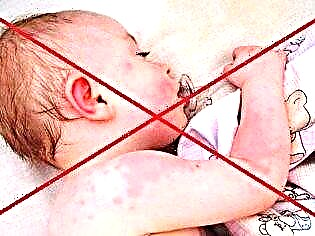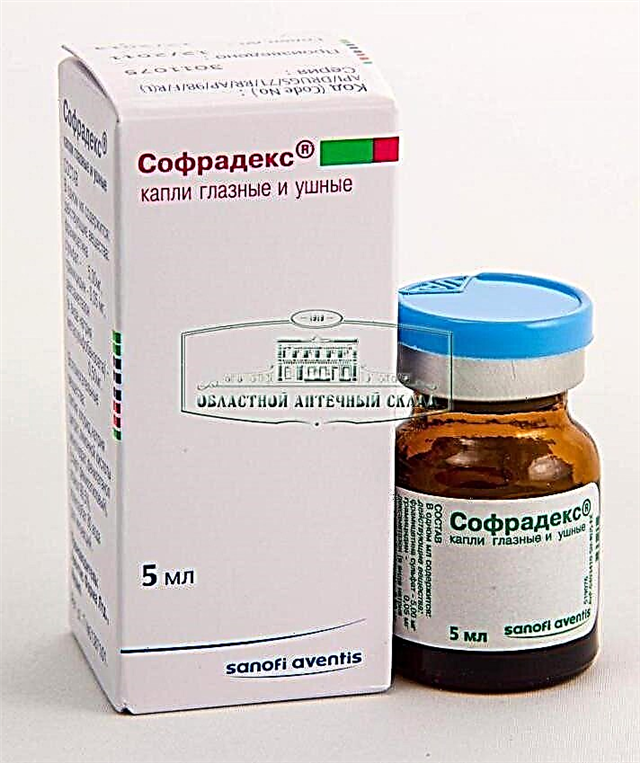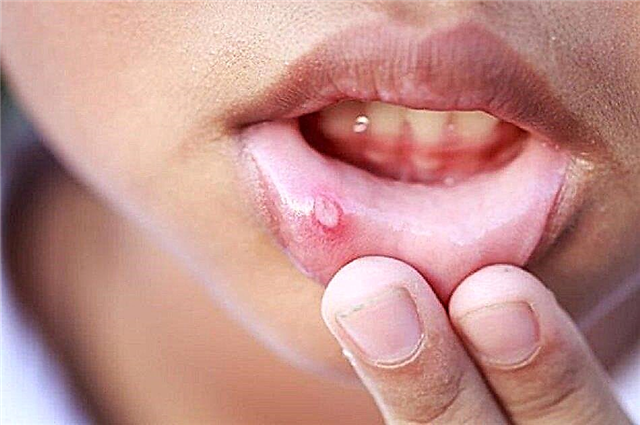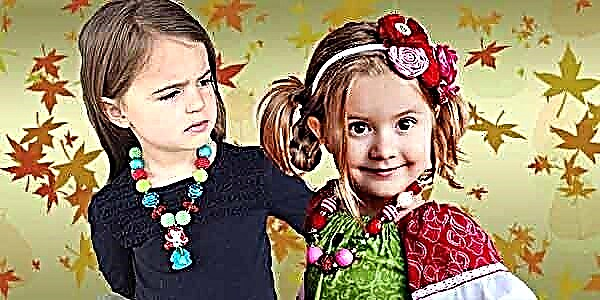
Big babies, like little ones, really need a massage. Therefore, do not think that the need for such procedures decreases as your little one grows. The last quarter of a child's first year is very important for his physical development, and massage will help parents give their child a good physical base to prepare for walking fast. How to massage a child at the age of 9-12 months and what to pay special attention to at this age, we will tell in this material.

Why massage?
By 9 months, your little one has mastered many new movements and skills. He is no longer that helpless lump that you brought from the hospital. Usually, at 9-12 months, children perfectly change the position of their bodies in space, turn over from side to side, from back to side and to stomach, from stomach to back, etc. Children sit, and sit down on their own. Many crawl well and are already trying to get up. Some are quite good in the arena or crib and are already trying to take their first steps.
The load on the musculoskeletal system of a mobile and inquisitive child has grown tenfold, especially if the little one is overweight. In this case, massage will help to compensate for the load, distribute it correctly so that the musculoskeletal system, all bones, joints and ligaments develop harmoniously and correctly.


A child at this age has a well-developed passive speech. Even if he does not utter distinct words, then, believe me, he perfectly understands what adults are saying. Massage, accompanied by games, communication, exercises and gymnastics, promotes the development of speech, psychomotor skills, and the emotional sphere of the child.
As at an earlier age, massage in the last months of the first year of life helps to strengthen the immune system. Children whose parents continue to massage are less likely to get sick and develop more intensively. Massage procedures allow you to calm down a hyperactive child and invigorate a clear phlegmatic person. And, of course, massage is strongly indicated for children who suffer from physical retardation.

Are there any contraindications?
Parents who have practiced massage for up to 9 months are usually well aware that it is strictly forbidden for a child with fever or fever to have another session. Contraindications also include:
- cutting teeth;
- bad mood and moodiness of the child;
- infectious and non-infectious diseases associated with the appearance on the skin of a rash, abscesses, eczema, diaper rash, etc.;
- epilepsy and tendency to seizures;
- mental illness;
- general malaise;
- hernia of any localization.


Therapeutic massage, which is usually prescribed for children with pathologies of the central nervous system, musculoskeletal system and other diseases, is usually not performed at home, it should be dealt with by a professional massage therapist. At home, parents independently conduct general developmental sessions to strengthen muscles and ligaments.
Preparation for the procedure
As your baby has grown, it will be difficult to massage at 9, 10, 11 and 12 months on a table or changing table. Moreover, the child turns, rolls over, which is fraught with his fall from a height and receiving fractures and craniocerebral injuries. At this age, experienced parents usually perform massage and gymnastics on the floor. To do this, you will need a gymnastic rug made of polyurethane foam, which does not allow the cold from the floor, a clean and dry diaper, which can be used to cover the rug during the massage, and a small oilcloth that will protect your carpet and rug - "foam" if suddenly the baby describes himself during session.
Also, additionally prepare everything that you may need for a preventive procedure - hypoallergenic massage oil, baby cream, wet wipes. Also prepare toys, balls, fitball and whatever you use for the exercises that follow after the massage.
Don't forget that babies' skin is very sensitive. As with massaging babies, it is easy to injure her. Make sure that there are no rings on the masseur's fingers, bracelets and wristwatches on the hands. Keep your hands clean and warm.
The air temperature in the room should not exceed 21 degrees Celsius. The room should be humid enough. 50-70% is the recommended indicative air humidity.
As with a younger age, it is important to choose the right time for the session - you should not massage the child right after eating - he may vomit, and physical activity will make digestion difficult. A hungry baby should also not be imposed on developmental activities, he will cry and be indignant, which obviously will not benefit either the child or the mother's psyche. An hour before feeding or an hour after feeding is the best time for massage and gymnastics. If you are giving a soothing massage, do it in the evening before bathing and going to bed. Developing and strengthening massage is best done in the first half of the day, since it tones the nervous system, it can be quite difficult to fall asleep after it.

Features:
Massage for a child from 9 to 12 months is still the classic one, which includes rubbing, kneading and vibration. But it differs from classical infant massage in that more intense rubbing and kneading of muscles is allowed, the duration of each technique increases, and the session itself, together with the gymnastic complex, now lasts not 15 minutes, as before, but up to 40 minutes.
Many exercises will now be carried out in close cooperation with the baby, because he already knows how to fulfill some of the mother's requests, for example, to roll over on his tummy if asked to do so. Mom will have to use a lot of imagination to make massage for the child interesting and exciting - now you can't entertain him with rhymes and nursery rhymes alone. We need new experiences, new objects and their competent application.
It is recommended to do massage and a set of exercises for children of this age category according to the method of Irina Krasikova, a famous doctor of exercise therapy in pediatrics and one of the best teachers of children's massage in Russia. She takes into account not only the fact that the child's muscles can be massaged in a passive state, but also recommends giving them a simultaneous physiological load. Let's take a closer look at her method for babies 9-12 months.

Lesson plan
Get ready for the massage complex to be performed in different starting positions, both lying, standing, and sitting. Massage is started from a standing position (if the child is 10-11 months old) or from a sitting position if he is less than 20 months old.
The first exercise is boxing. Rub the baby's hands with warm hands, warm them, put rattles or other objects of interest to him, which he can grab completely. Alternately, holding the handles by the elbows, make boxing movements, inserting them forward.

The legs are massaged in the starting position lying on the floor. Start with your toes, work your way down to the heel. Pay attention to the zone of the instep of the foot - its massage should be selective, differentiated. If the baby stands on the legs with support on the inside of the foot, massage the outside, if he rests on the outside, massage the inside of the arch. This will help strengthen the muscles in the feet for proper leg position. The leg massage also includes rubbing and kneading the lower legs, sides and back of the thigh. The knee and popliteal cavity are not touched.
According to Krasikova's method, massage of the legs should be completed with flexions and extensions, both simultaneous and synchronous, and alternating ("Bicycle").


After massaging the abdomen and chest in a prone position, which is a gentle rub, ask the child to roll over onto his right and left side, then onto his stomach. The coups should be done 5-6 times. After that, you can massage the back, stroking it, but avoiding impact on the vertebrae in particular and the entire spinal column in general.
If the child still does not know how to roll over on command, interest him with a bright toy, place it on the side and ask the baby to reach out.

When massaging the back, parents must adhere to a certain order of actions: first, they rub the back with their palms, then massage the long longitudinal muscles with tweaks, and use sawing movements with the ribs of the palms. Move from the neck to the buttocks. When the skin on the back turns pink, the effect is stopped.
After the back massage, start lifting the child from a horizontal position to a vertical one - to do this, let him grab your fingers and first put the child on his knees, and then gently pull his arms higher so that the baby starts lifting with support on his feet.

After that, you can go to the slopes. Turn the baby with his back to you, with your hands support him by the knees so that they do not bend, and by the tummy to hold the torso. Place a bright object or toy on the floor in front of your baby. He, with your help, should bend down without bending the legs and pick up the object. If a child cannot stand without support, bends should not be carried out.
Children who have learned to stand in a crib or playpen will benefit from squats. To do this, they are taken by the hands and squatted with them several times.


Breast massage is carried out by stroking the upper and lower parts of the chest and a slight vibrating tap in the intercostal space. After massaging your breasts, move on to walking on your hands. Irina Krasikova calls this exercise "Wheelbarrow" in the course description. From a prone position, lift your legs and move along the rug with the baby, who will lean on the handles towards the beautiful toy.
The massage ends with a general gentle stroking and praise, after which you can try to walk. Place the child with his back to you with his feet on top of yours. Invite him to be like. Take a few steps together at a slow pace. Hold the child's torso with your hands.


Make sure that the ratio of passive techniques (when the mother rubs, kneads, massages, strokes the calmly lying child) and active techniques (when efforts are required from the baby - coups, lifting the legs up, lifting on the legs) is approximately equal.
Be sure to check with your doctor about the use of verticalizing exercises. If the child is 9 months old and is not yet standing and crawling with difficulty, such exercises should be replaced with exercises on all fours that stimulate more active crawling. If you do not take into account the individual characteristics of the baby (weak back, weak abdominal muscles, etc.), you can harm the baby.
When doing a relaxing massage, avoid vigorous exercise altogether. These should be only passive techniques without intense rubbing and kneading. It is best to limit yourself to gentle, soothing strokes, first of the arms and legs, then the tummy clockwise, chest, back, buttocks, feet and legs.

Reviews
According to young mothers, not all children aged 9 to 12 months are delighted with the techniques and exercises offered to them. No toys can lure some toddlers into such a firming massage. The main difficulty lies in the fact that it is almost impossible to lay the child on his back for a massage or an active element of the program. The kid immediately tries to get up.
Experienced mothers and children's doctors advise to deal with this only by concentrating children's attention on some very interesting subject. In many children, according to mothers, at this age, pediatricians and neurologists find decreased muscle tone and massage is recommended without fail.
Many mothers are inclined to completely abandon massage at the age of 9 to 12 months, if there is no appointment and the baby is healthy. Massage takes too much strength and nerves if the child needs to be constantly soothed and fought for his attention. Attempts to drive children of this age to massage therapists are usually even less successful.

For information on how to give baby massage to children from 9 to 12 months, see the next video.



